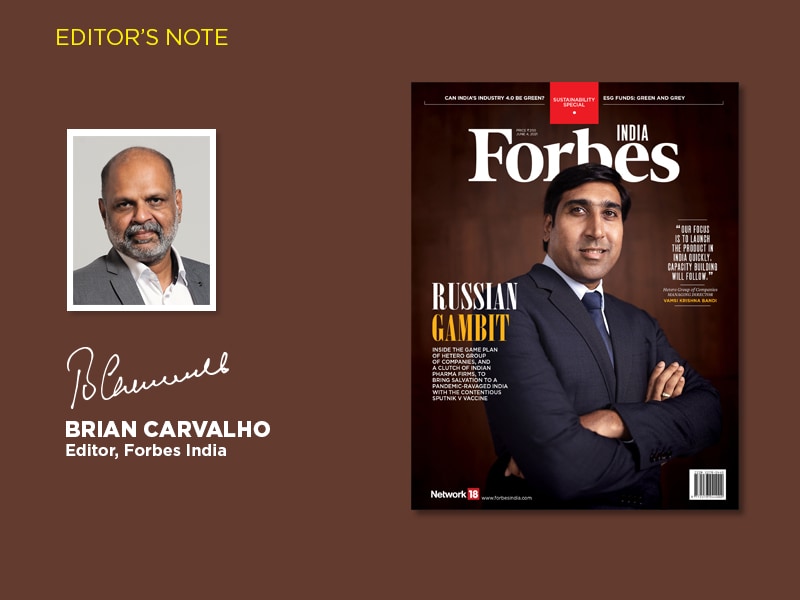
Immunising India: Can Sputnik V save the country?
At least six Indian pharma companies, including Hetero Group, are on track to make some 900 million doses of the Russian vaccine. As India gears up to manufacture the Sputnik there are questions galore

The weekly peer-reviewed The Lancet is one of the world’s moed medical journals. That doesn’t mean it hasn’t had its share of controversies; a more recent one in the pandemic era being the retraction of an article that said hydroxychloroquine decreases hospital survival rates of Covid-19 patients. Yet, there’s little doubt of the impact the journal has on the world of science and medicine, and the credibility it enjoys in the community.
In May 2020, the World Health Organization’s Director-General had convened an independent Panel for Pandemic Preparedness to ascertain the global responses to the pandemic. A year later, the panel published its findings in a report titled ‘Covid-19: Making it the last pandemic’. Based on the report, The Lancet carried a comment by the panel’s co-chairs, Helen Clark, a former Prime Minister of New Zealand, and Ellen Johnson Sirleaf, a former President of Liberia and a Nobel Peace Prize winner.
Some of the findings aren’t unpredictable: Countries that responded more successfully had “developed partnerships on multiple levels across government sectors and with groups outside government, communicated consistently and transparently, and engaged with community health workers and community leaders as well as the private sector”. The analysis also suggests that “countries with poor results had uncoordinated approaches that devalued science, denied the potential impact of the pandemic, delayed comprehensive action…”
Days earlier, The Lancet had run an editorial that tore into India’s muddled vaccination policy. As of May 16, 10.3 percent of India’s 1.38 billion population had received at least one dose of a Covid-19 vaccine, as per Our World in Data, a scientific online publication; the corresponding figures for the US and the EU were 47.1 percent and 31.5 percent, respectively. The global inequity in Covid-19 vaccinations is, however, evident, when you consider that India’s 10 percent is still higher than the share of people globally who have been able to access the first jab: 9 percent.
If enough Indians are not being vaccinated, it’s because there aren’t enough vials going around. The Lancet holds out hope for India if it follows a two-pronged strategy: Even as it pulls out all stops to bring down transmission, it needs to step up vaccine supply and cover all its citizens, including roughly 800 million living in non-urban areas.
(This story appears in the 30 November, -0001 issue of Forbes India. To visit our Archives, click here.)





